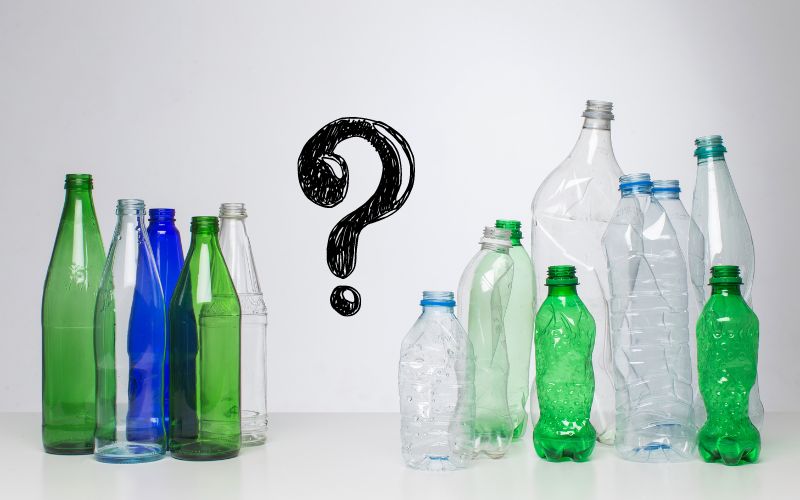Plastic, ubiquitous in modern society, poses significant environmental challenges due to its persistence in ecosystems and contribution to global pollution. As concerns grow, so does the search for viable alternatives that can meet our packaging, manufacturing, and everyday needs without the environmental drawbacks of traditional plastics.
Understanding the Need for Alternatives
Plastics have become indispensable in various industries due to their versatility, durability, and cost-effectiveness. However, their environmental impact, from littering oceans to harming wildlife, necessitates exploring alternative materials that offer similar functionality but with reduced ecological footprint.
Promising Alternatives to Traditional Plastics
- Bioplastics: Derived from renewable biomass sources such as corn starch, sugarcane, or algae, bioplastics offer a promising alternative to petroleum-based plastics. They can be biodegradable, compostable, or recyclable, depending on their composition.
- Bio-based Plastics: Unlike bioplastics, bio-based plastics are derived from renewable biomass but may not necessarily be biodegradable. They can still offer reduced carbon footprints compared to conventional plastics.
- Polylactic Acid (PLA): PLA is a bioplastic made from fermented plant sugars (usually corn starch). It is compostable under specific conditions and is commonly used in packaging and food containers.
- Biodegradable Plastics: Designed to break down more quickly than traditional plastics, biodegradable plastics can degrade through biological processes into natural elements like water, carbon dioxide, and biomass.
- Natural Fibers: Materials such as hemp, bamboo, and jute can be used to create durable, biodegradable products as alternatives to plastic in textiles, packaging, and construction.
- Mycelium Packaging: Mushroom-based packaging made from mycelium (the root structure of fungi) is gaining popularity for its biodegradability and ability to be molded into various shapes.
Challenges and Considerations
- Performance and Durability: Alternatives must match or exceed the performance of traditional plastics in terms of durability, barrier properties, and shelf-life to ensure practicality and consumer acceptance.
- Cost and Scalability: Economic viability remains a hurdle for many alternatives, as scaling production to meet global demand while remaining cost-competitive with conventional plastics requires significant investment and technological innovation.
- End-of-Life Options: Proper disposal and recycling infrastructure for bioplastics and biodegradable plastics are essential to ensure they fulfill their environmental promise. Composting facilities and recycling processes need to accommodate these materials effectively.
The Role of Innovation and Consumer Choice
Innovation continues to drive the development of new materials and technologies that can replace or complement traditional plastics. Consumer awareness and demand for sustainable alternatives play a crucial role in incentivizing businesses and industries to invest in eco-friendly options.
Conclusion: Towards a Sustainable Future
The search for viable plastic alternatives is an ongoing journey fueled by innovation, environmental consciousness, and regulatory support. While no single alternative can entirely replace traditional plastics overnight, a combination of bioplastics, bio-based materials, and innovative packaging solutions offers a pathway towards reducing plastic pollution and fostering a more sustainable future.
By embracing these alternatives and supporting advancements in material science and recycling infrastructure, we can collectively reduce our dependence on traditional plastics and mitigate their environmental impact, paving the way for a healthier planet for generations to come.


